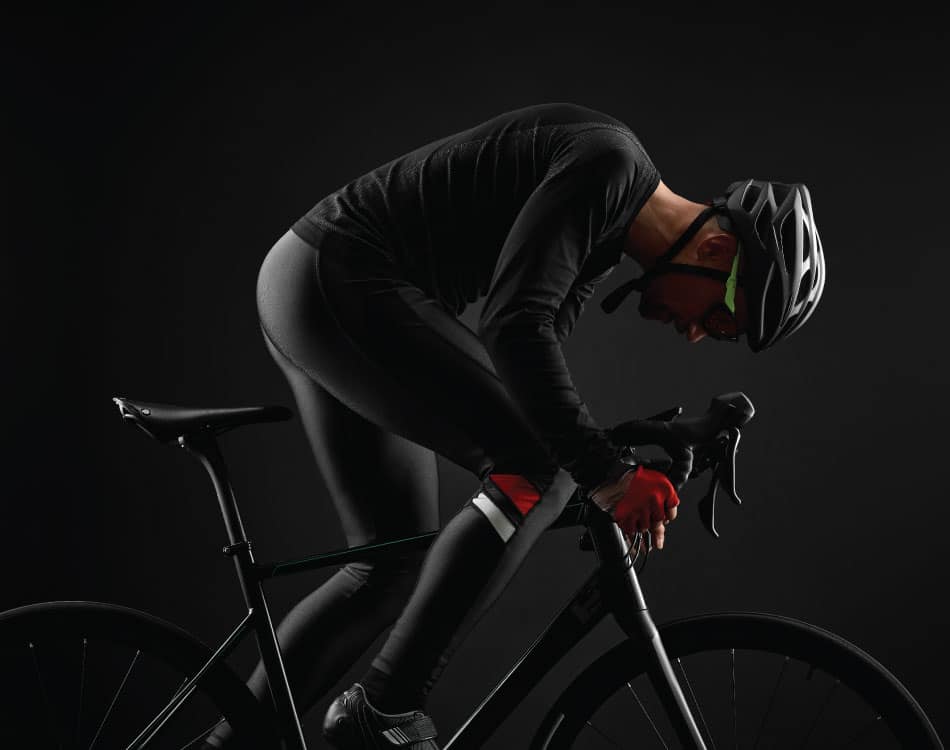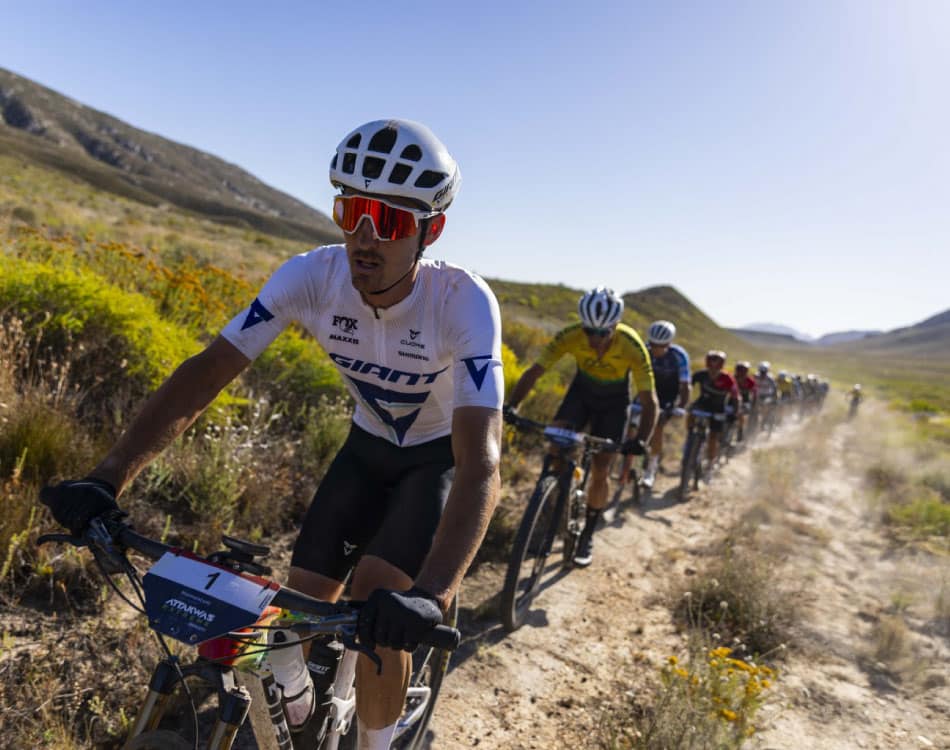Just about every endurance athlete knows what “hitting the wall” feels like.
It’s probably one of the most descriptive terms used by athletes as it precisely expresses the physical sensation experienced.
The dreaded ‘bonk’
When an athlete reaches this point, they lose all power to working muscles. You feel flat and empty. There’s just nothing left in the tank.
Leg (or arm) turnover decreases dramatically, as does our power output. If you’re 70km into a 110km cycle race when this happens you’ve got a long day in the saddle ahead of you.
Limited energy stores
Physiologically speaking, hitting the wall, or bonking as it’s called, is the point when our bodies run out of readily available glucose for aerobic and/or anaerobic energy production during exercise.
For most, this energy comes primarily from stored glycogen in the liver and muscle cells. The problem is that this energy source is limited as your body is only able to store a certain amount of glycogen.
A typical untrained individual who eats an average diet, stores about 380g of glycogen, while the appropriate training and dietary manipulation tools can raise these reserves as high as 880g.
Pushing out the wall
The point at which you hit the wall also varies depending on numerous factors, such as the amount of glycogen you store in your muscles, your intensity and pacing strategy, your body size, and your muscle mass.
More specifically, if you don’t restore depleted glycogen stores during the activity, the point at which your glycogen ‘fuel tank’ hits empty will depend on the amount of time you spend near or above your aerobic threshold.
Moving into your anaerobic threshold quickly depletes glycogen as it’s the only fuel source your body can metabolise at that intensity.
At intensities below this threshold, you’ll also reach a point when glycogen stores are eventually depleted, which depends on your average intensity and exercise duration. At that point, your body is left with only two other fuel options – muscle or fat.
Both of these energy pathways are less efficient at delivering usable energy than glycogen so, in general, you won’t be able to sustain your previous levels of intensity.
Also of interest in this regard is the growing body of research that suggests that the brain anticipates glycogen depletion and slows the body down gradually to conserve this finite energy supply. This could mean that you actually hit the wall before glycogen reserves are completely depleted.
The fuelling solution
The obvious and most conventional answer to this problem is to regularly ingest carbs during your activity.
The generally recommended guideline is a maximum of 60g/hour of carbs, be it from whole food sources or supplements such as gels, energy bars, energy drinks or tabs.
Carbo-loading has also been a popular approach to extending time to glycogen depletion. Both approaches have significant research backing their efficacy, which is why this approach is still used by elite or top-level endurance athletes.















